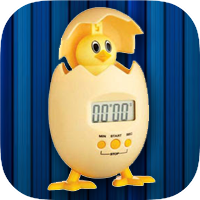![]()
I created the Stripe plugin for Corona SDK to give Corona developers an easy way to accept online payments from inside their apps with as little as a single line of code.
This page contains the documentation for the plugin, as well as a sample project you can download and run to see the plugin in action for yourself. Please check back, as I will continue to update this page whenever bug fixes or new features are added. READ MORE »







